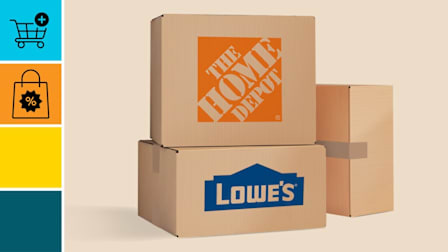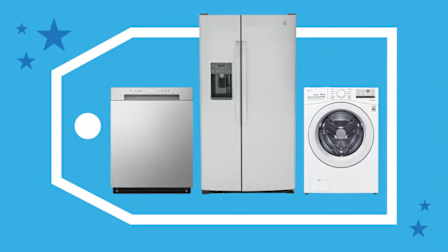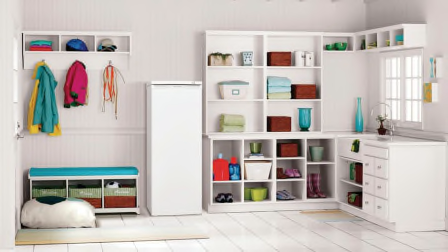Best Freezers of 2025
Most freezers come in at least three sizes. Our lab tests have surfaced the best models in each size.
When you shop through retailer links on our site, we may earn affiliate commissions. 100% of the fees we collect are used to support our nonprofit mission. Learn more.

The freezer compartment of a standard refrigerator can be woefully inadequate if you buy food in bulk to take advantage of lower prices. That’s one good reason to consider a stand-alone freezer. After testing dozens of models—by filling them with boxes of frozen spinach for six weeks—we found 10 chest freezers and six upright freezers we recommend for the job.
- Best Freezers: Chest Upright
- How CR Tests Freezers
Our test results are folded into an Overall Score for each model and appear in our freezer ratings charts. For more information on the pros and cons of each type, their features, and other tips, check out our freezer buying guide.
Best Chest Freezers
If you’re planning to put your freezer in a basement or other out-of-the-way place, consider a chest model. Chest freezers don’t come with a self-defrosting feature, which means you’ll have to take the food out periodically to defrost it manually. Also, be aware that the deepest of these deep freezers can be difficult to organize.
Below are the top-rated chest freezers from our test in four size categories: small, midsized, large, and extra-large.
Best Upright Freezers
If you’re looking for a freezer for your kitchen, consider an upright freezer. Some are available in different finishes that you can match to your kitchen suite, and some come with a handy self-defrost feature. Note that upright freezers tend to cost more to run than chest freezers.
Below are our top picks in small, midsized, and large sizes.
How CR Tests Freezers
We test freezers in both normal and adverse conditions. If you live in an area that experiences power outages frequently, you’ll want a model that keeps your food frozen for as long as possible.
We start by evaluating how well each freezer maintains food at a constant temperature on a daily basis. To do this, we pack each one with boxes of frozen spinach and measure the internal temperature of the cavity in 15 different places over the course of about six weeks to assess how well it keeps the packages frozen.
The results allow us to judge each model’s thermostat performance and temperature uniformity (the ability to maintain the same temperature throughout the freezer cavity). Our engineers also measure usable storage capacity, which doesn’t always match what manufacturers claim.
To see how well a freezer fares under adverse conditions, we simulate a power outage by raising the temperature in the test chamber to 90° F and unplugging the loaded freezer for 9 hours. “We test them in a warm room because summer is often when the power goes out,” says Breann Chai, who oversees freezer testing. In the best freezers, the temp rises by just a few degrees. But the worst models show a temperature spike of 25° F or more, which means food can start to thaw.
In addition to these tests, we also calculate energy efficiency and measure noise output.
To help you find the best model for your needs, Consumer Reports’ freezer ratings make it easy for you to compare them by size and capacity (small, midsized, large, and extra-large), as well as by configuration (chest or upright). That way, you’re not comparing the performance of a chest freezer as big as a bathtub with one the size of a dishwasher.
































